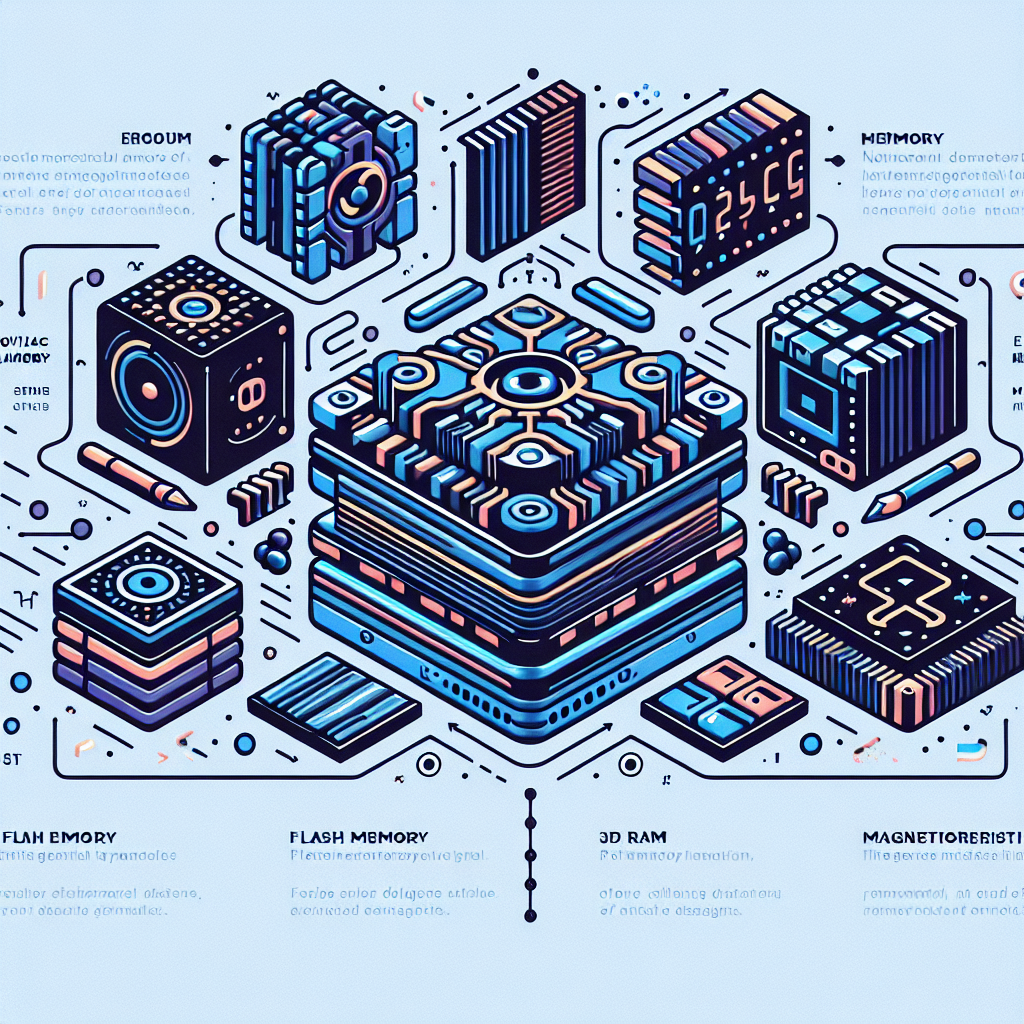Your cart is currently empty!
Understanding the Different Types of Non-Volatile Memory

Non-volatile memory is a type of computer memory that retains stored information even when the power is turned off. This is in contrast to volatile memory, which loses its data when the power is shut down. Non-volatile memory is essential for storing important data that needs to be preserved even in the absence of power.
There are several different types of non-volatile memory, each with its own unique characteristics and uses. Understanding the differences between these types can help you choose the right one for your specific needs.
One of the most common types of non-volatile memory is flash memory. Flash memory is used in a wide range of devices, including USB drives, solid-state drives (SSDs), and memory cards. It is known for its fast read and write speeds, high reliability, and low power consumption. Flash memory stores data in cells that can be electrically erased and reprogrammed, making it ideal for applications that require frequent read and write operations.
Another type of non-volatile memory is magnetic storage, which includes hard disk drives (HDDs) and magnetic tape. Magnetic storage uses magnetized particles to store data, with the data being read and written using magnetic heads. While magnetic storage is slower than flash memory, it offers higher storage capacities at a lower cost per gigabyte.
Phase-change memory (PCM) is a newer type of non-volatile memory that uses a material that can change between amorphous and crystalline states to store data. PCM offers fast read and write speeds, high endurance, and low power consumption. It is often used in applications that require high performance and reliability, such as in data centers and embedded systems.
Finally, resistive random-access memory (RRAM) is a type of non-volatile memory that uses a material that changes resistance when an electric current is applied. RRAM offers fast read and write speeds, high endurance, and low power consumption. It is still in the early stages of development but shows promise for future applications in areas such as artificial intelligence and internet of things (IoT) devices.
In conclusion, non-volatile memory is an essential component of modern computing systems, allowing data to be stored and preserved even when the power is turned off. By understanding the different types of non-volatile memory available, you can choose the right one for your specific needs, whether it be for high-speed data storage, high-capacity storage, or low-power applications.

Leave a Reply